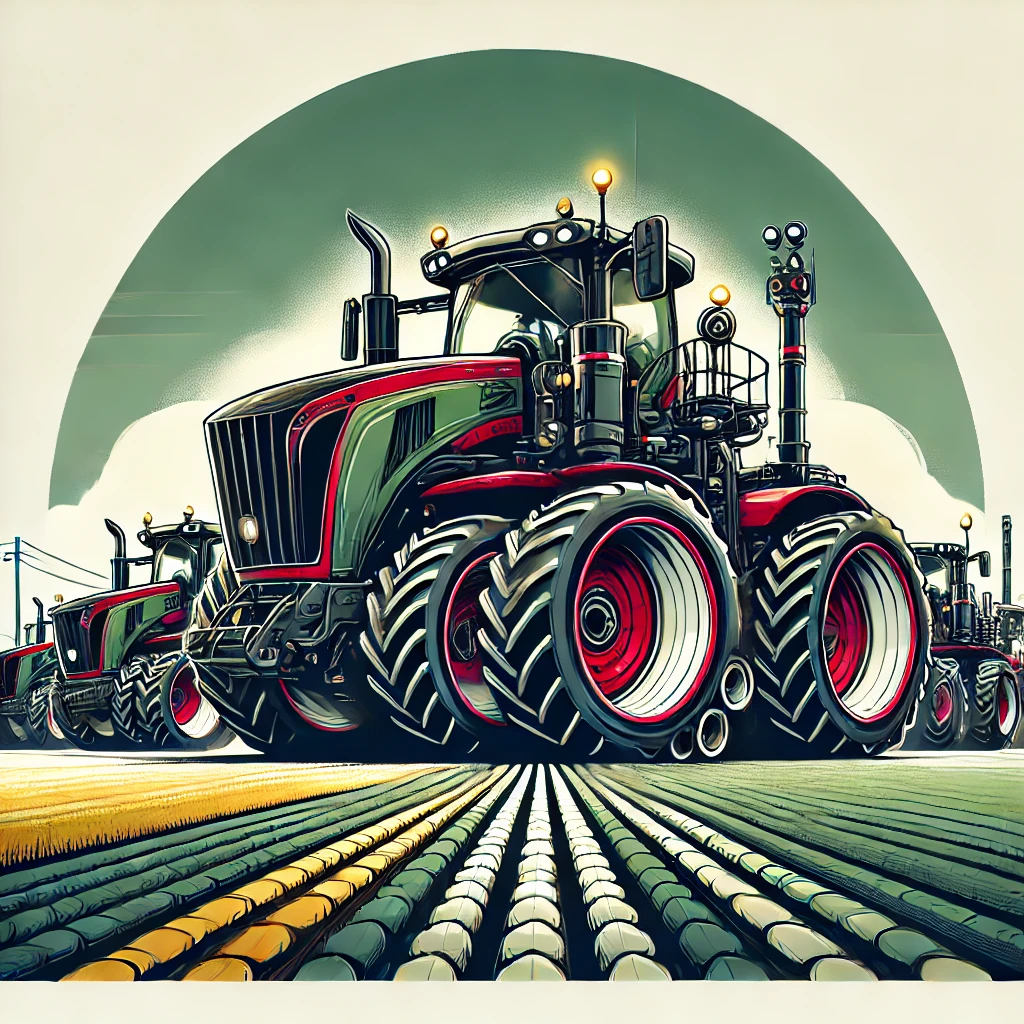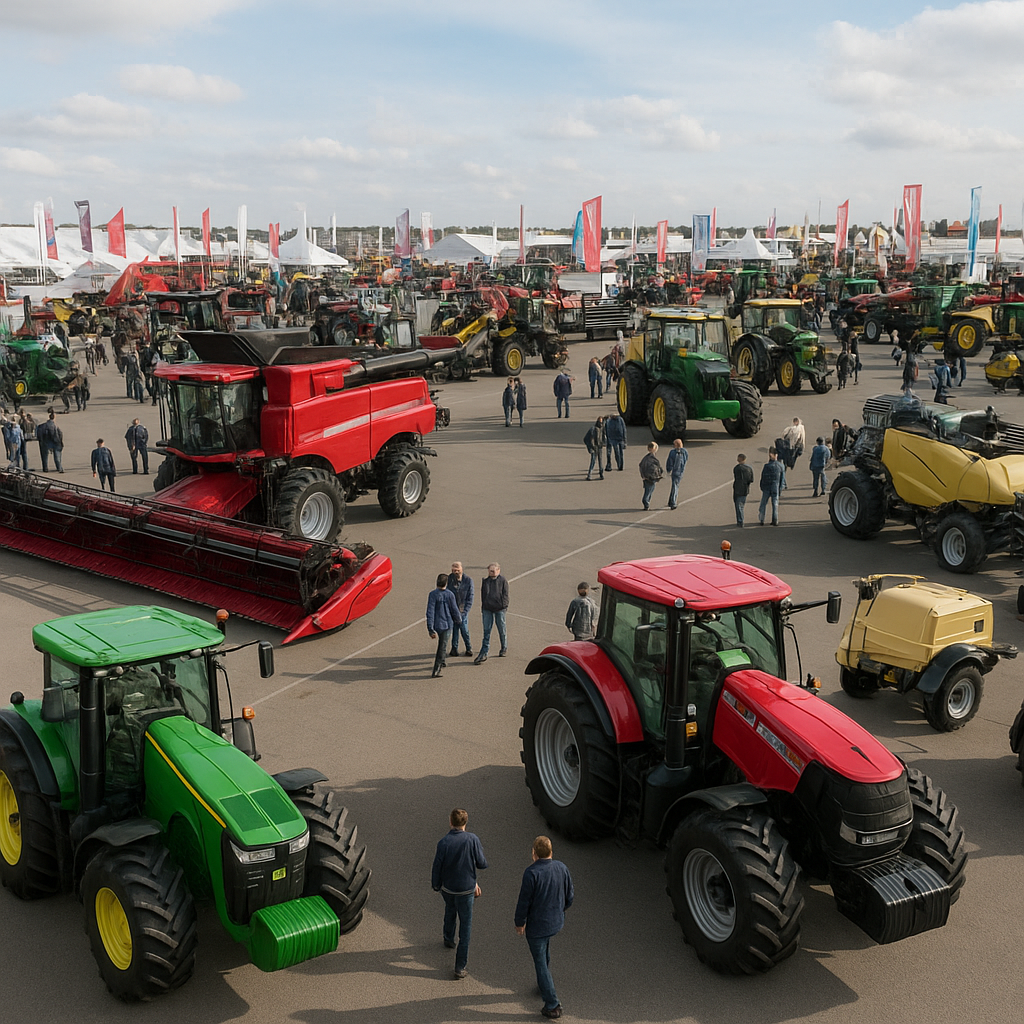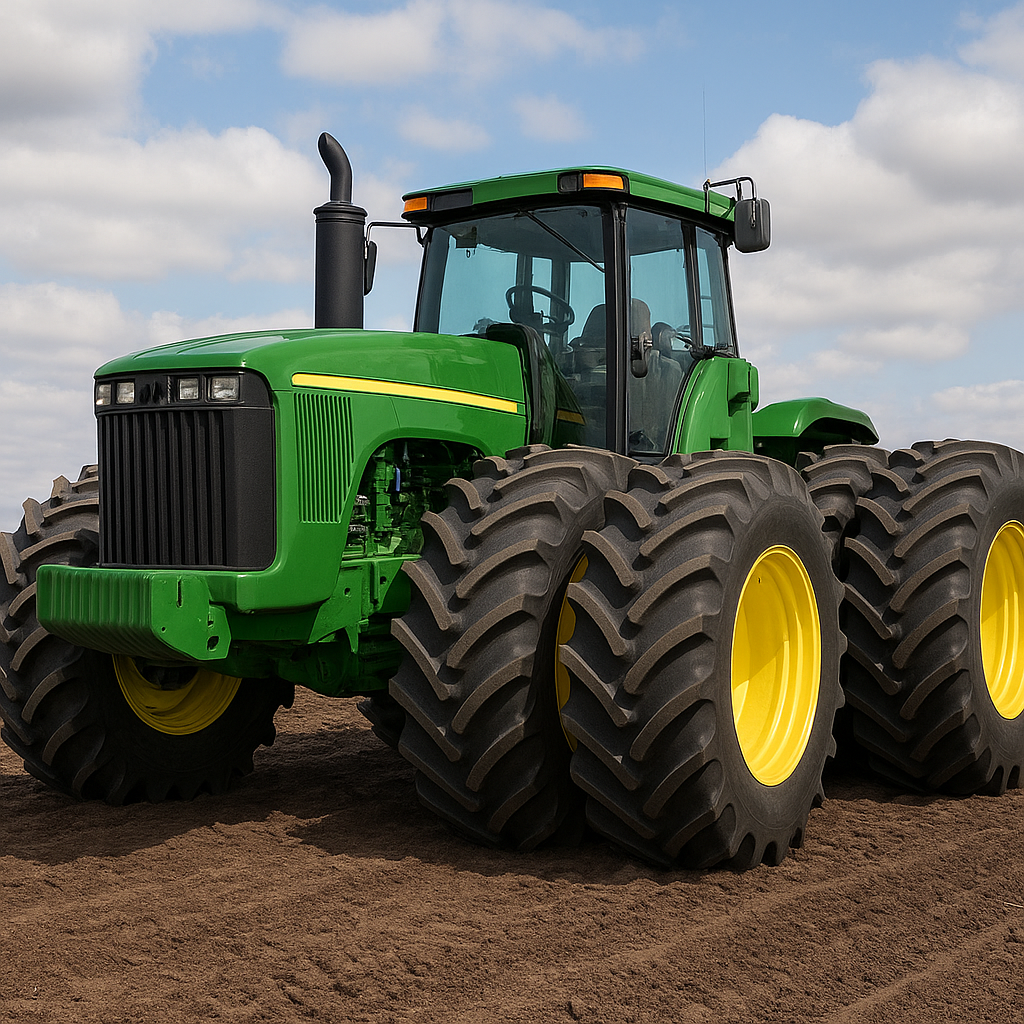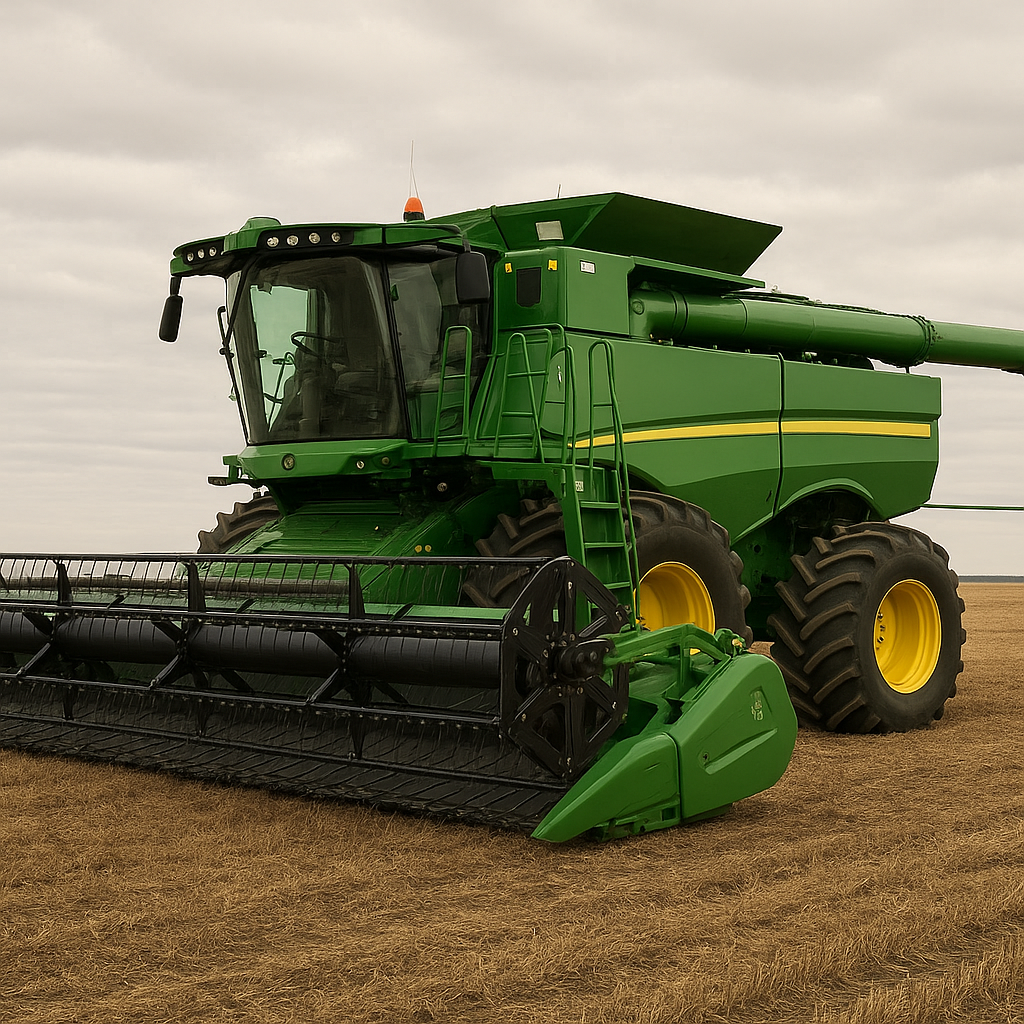Ford tractors have left an indelible mark on the agricultural industry, evolving from classic models to modern innovations that continue to shape farming practices worldwide. This article delves into the rich history of Ford tractors, exploring their development, technological advancements, and the impact they have had on agriculture.
The Early Days: Classic Ford Tractors
The story of Ford tractors begins in the early 20th century, a time when mechanization was starting to revolutionize agriculture. Henry Ford, the founder of the Ford Motor Company, recognized the potential of applying automotive technology to farming. In 1917, Ford introduced the Fordson Model F, the first mass-produced tractor. This model was a game-changer, offering farmers an affordable and reliable alternative to animal labor.
The Fordson Model F was powered by a four-cylinder engine and featured a simple, robust design. Its affordability and ease of use made it immensely popular, and by the 1920s, Fordson tractors were being used on farms across the United States and Europe. The success of the Model F laid the foundation for Ford’s future in the agricultural sector.
Throughout the 1930s and 1940s, Ford continued to innovate, introducing new models that incorporated advanced features. The Ford 9N, launched in 1939, was particularly notable for its three-point hitch system, which allowed for easier attachment and use of implements. This innovation, developed in collaboration with Harry Ferguson, became a standard feature in the industry and significantly improved the efficiency of farming operations.
Post-War Advancements and the Rise of Modern Ford Tractors
After World War II, the demand for agricultural machinery surged, and Ford responded by expanding its tractor lineup. The Ford NAA, also known as the “Golden Jubilee” model, was introduced in 1953 to commemorate the company’s 50th anniversary. This model featured a more powerful engine and improved hydraulics, setting a new standard for performance and reliability.
In the 1960s and 1970s, Ford continued to push the boundaries of tractor technology. The Ford 6000 series, introduced in 1961, was one of the first tractors to feature a Select-O-Speed transmission, allowing for smoother and more efficient gear changes. This period also saw the introduction of the Ford 5000 and 7000 series, which offered increased power and versatility for a wide range of farming tasks.
The 1980s marked a significant turning point for Ford tractors with the introduction of the TW series. These tractors were designed to meet the needs of large-scale farming operations, offering high horsepower and advanced features such as electronic controls and improved cab comfort. The TW series solidified Ford’s reputation as a leader in agricultural machinery.
Modern Innovations and the Legacy of Ford Tractors
In the 1990s, Ford’s agricultural division underwent significant changes, culminating in the merger with New Holland to form the New Holland Agriculture brand. Despite the rebranding, the legacy of Ford tractors continued to influence the design and development of modern agricultural machinery.
Today, New Holland tractors, which carry forward the heritage of Ford, are equipped with cutting-edge technology. Features such as GPS-guided precision farming, advanced telematics, and environmentally friendly engines have transformed modern tractors into sophisticated machines capable of optimizing productivity and sustainability.
The impact of Ford’s innovations can still be seen in the design and functionality of contemporary tractors. The emphasis on affordability, reliability, and user-friendly features that characterized early Ford models remains a guiding principle in the development of modern agricultural equipment.
The Enduring Influence of Ford Tractors
The legacy of Ford tractors is a testament to the power of innovation and the importance of meeting the evolving needs of farmers. From the groundbreaking Fordson Model F to the advanced machinery of today, Ford’s contributions to agriculture have been profound and lasting.
As we look to the future, the principles that guided Henry Ford and his successors continue to inspire new generations of engineers and farmers. The commitment to improving efficiency, productivity, and sustainability in agriculture ensures that the spirit of Ford tractors will endure for many years to come.
In conclusion, the journey of Ford tractors from classic models to modern innovations is a remarkable story of progress and adaptation. It highlights the critical role that technology plays in shaping the agricultural industry and underscores the enduring legacy of one of the most iconic names in farming history.









